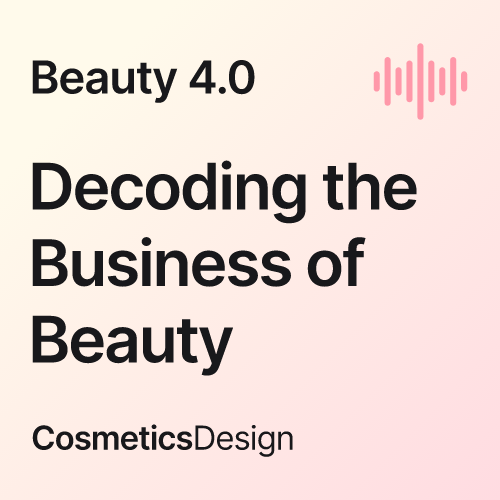Rising markets: South Korea and facial skin care

The figures
In 2017, South Korea’s beauty sphere is estimated at over US$13 bn (€12.3 bn).
Looking at the nation’s latest innovations in textures, ingredients and product experience, the facial skin care sector makes up for 51% of total market share with its retail sales figures sitting at $6.5 bn (€6.1 bn). This figure is set to reach $7.2 bn (€6.8bn) by 2020, with a compound annual growth rate (CAGR) of 5.8%.
New product innovations are a commonplace feature of the beauty marketplace in South Korea. Mintel Global New Products Database (GNPD) also revealed that 68% of total skin care product launched in the country between January 2015 and September 2016 were facial skin care products.
Colour cosmetics is the second most popular beauty area in the marketplace, with its value approximated at $2.3 bn (€2.2 bn) in 2017.
What consumers are spending
The amount of money consumers are willing to spend on colour cosmetics in South Korea dwarfs both the UK and the US. With “an active and engaged consumer base”, beauty lovers have a per capita spend of $45 (€42.5) in South Korea this year, compared to the UK’s $43 (€40.6) and $37 (€35) in the US. With the global average per capita estimated at $21 (€20), South Korea is the region to watch.
As the colour cosmetics sector has a CAGR of 8.1%, and is expected to reach $2.8 bn (€2.6 bn) by 2020, Jane Jang, Senior Beauty Analyst at Mintel suggested: “The Korean beauty market remains buoyant thanks to fast-paced innovations and highly engaged consumers who don’t hesitate to adopt novel products delivering new beauty experiences.”
“The success of the market has been heavily driven by the boom of facial skincare, but is also highlighted by the impressive per capita spend on colour cosmetics which is more than double the global average,” added Jang.
Strengthening its market position
“South Korean Beauty routines can consist of up to 10 steps, and a common obsession for specific claims - especially moisturising, brightening, whitening and anti-ageing - means that most products combine multiple functions,” emphasised Jang.
“The goal is to achieve the so-called ‘chok-chok’ skin, which is supposed to look bright, fair, plump, dewy and youthful.”
In the near future, we can anticipate to see “hybrid concoctions, such as daily exfoliating moisturisers, anti-wrinkle whitening tone-up creams and lightweight nourishing oil serums, but also transformative textures, like powder-to-serum, oil-to-foam and water-to-cream” from the South Korean cosmetics industry.
“Overall, lines are blurring in every possible way to deliver new experiences and create continuous excitement around skincare,” continued Jang.
Accessing all avenues
As 2017 represents the year of segmentation for facial skin care ranges, as brands focus on leveraging the multifunctional trend, “South Korea’s make-up rituals focus greatly on lips and complexion and utilise products that embrace a diversity of shades and variety of contouring techniques”.
Mintel GNPD showed that lip colour launches made up for 30% of all colour cosmetics launches in South Korea in 2016, compared to a global average of 27%. Foundations and fluid illuminators followed, with 16% of these product colour cosmetics launches occurring in South Korea.
K-beauty's reputation continues to grow globally. Western brands are keeping one eye on South Korean product trends, innovative discoveries and novel ideas.
“The popularity of South Korean beauty products is due to their high performance combined with fun packaging and sensorial cues, as well as affordable prices,” stated Jang.
“By gaining the attention of bloggers, vloggers and the media, the K-beauty wave is spreading to retailers outside of Asia. While colour cosmetics will be the active innovation area to cater to an increasing number of sophisticated beauty consumers, facial skin care remains the real powerhouse for K-beauty,” concluded Jang.



















